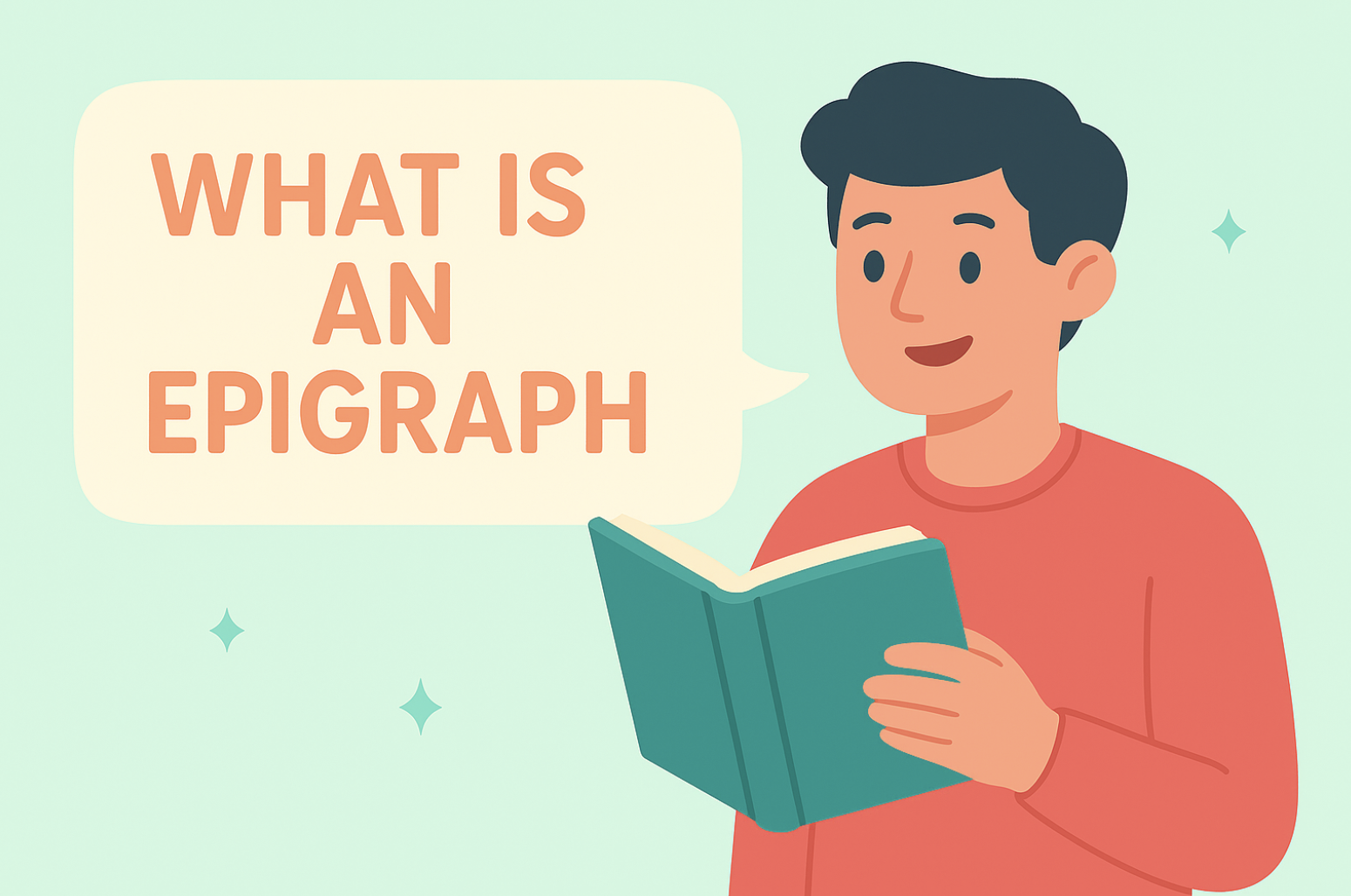Poetry is like the emotional Swiss Army knife of writing—capable of cutting through the noise to deliver feelings, ideas, and images in ways no other medium can. One line can make you cry, another can spark a revolution, and still, another can make you laugh out loud. But just like every great artist needs the right tools, every poet needs the right style. And that’s where poem styles come in.
Imagine picking out an outfit for the day. Some days, you’re in the mood for a sharp suit (hello, sonnet), and other days, you just want to throw on something comfortable and casual (hello, free verse). Poem styles are much the same—each one provides a different way to express thoughts, emotions, and creativity. Understanding the different poem styles can help you find your perfect poetic fit.
In this article, we’ll take you on a whirlwind tour of different poem styles, from the classic to the modern, with examples to help you see how they work. So, whether you’re a seasoned poet or just starting to dabble, get ready to discover what makes each style unique and how you can use them to level up your writing.
What Are Poem Styles? Let’s Break It Down
So, what are poem styles, exactly? At their core, they’re simply the different methods poets use to structure and deliver their ideas. Think of them as the tools in a poet’s toolbox: rhyme schemes, meter, line breaks, and more all come together to shape how a poem feels and flows. It’s the blueprint that gives a poem its identity, whether it’s tightly controlled or wildly free.
Poetry offers creative freedom like no other genre. You can break the rules, bend them, or follow them to the letter—whatever suits the message or mood you’re trying to convey. Poem styles help you decide how to organize those words, allowing you to add rhythm, visual appeal, or emotional punch.
To make it even clearer, imagine a painter choosing different brushes for different strokes. Some brushes are big and bold, perfect for wide, sweeping strokes (think sonnets). Others are finer and more detailed, ideal for delicate touches (looking at you, haiku). Poem styles offer that same flexibility, enabling poets to choose the perfect “brush” for each unique piece of art.
The Classics: Time-Tested Poem Styles
When it comes to poem styles that have stood the test of time, there are a few classics that just can’t be ignored. These styles have been around for centuries, and they continue to shape the way we write and read poetry today. Let’s take a look at a few of the most iconic ones.
The Sonnet:
The sonnet is like the Shakespeare of poetry—complex, refined, and occasionally brooding. This style follows a strict structure: 14 lines, usually in iambic pentameter, and a specific rhyme scheme (ABAB, CDCD, EFEF, GG for the traditional Shakespearean sonnet). Sonnets often explore themes of love, beauty, or the passage of time, though they’ve been known to get a bit philosophical too. Another classic example would also be a Petrarchan Sonnet (14 lines, iambic pentameter, ABBA, ABBA, CDE CDE). Example:
“When I consider how my light is spent
Ere half my days, in this dark world and wide,
And that one talent which is death to hide
Lodged with me useless, though my soul more bent…”
(Sonnet 19 by John Milton)
The Haiku:
If the sonnet is the Shakespeare of poetry, the haiku is the Zen master. This minimalist form originates from Japan and consists of just three lines, with a syllabic pattern of 5-7-5. Despite its brevity, a haiku has the power to capture an entire moment in nature or a profound thought. It’s all about simplicity and beauty in the smallest details. Here is a famous example of a Modern Haiku (still follows the syllabic pattern but can explore a wider range of subjects:
“In the cicada’s cry
No sign can foretell how soon
It must die.”
(by Matsuo Bashō)
The Limerick:
And then there’s the limerick—like the class clown of poetry. Rhyming AABBA, limericks are lighthearted, often absurd, and perfect for a chuckle. They’re playful and full of fun, making them a favorite for comedic poets. Here’s an example of a funny limerick with a play on words:
“A canary named Bert, so polite,
Once asked a young parrot, ‘Good night.’
The parrot did squawk,
And began to talk,
Then fell into sleep at first light.”
Each of these poem styles has its own distinct personality and purpose, proving that sometimes, the oldies really are the best. Whether you’re feeling romantic, introspective, or just in the mood for a good laugh, these timeless forms have you covered.
Modern Twists: Contemporary Poem Writing Styles
If classic poem styles are the sturdy old oak trees of poetry, then contemporary styles are the wildflowers growing alongside them—free-spirited, experimental, and full of color. Today, poets have more room than ever to stretch their creative wings, and these modern poem writing styles prove it. Let’s take a look at a few that break the mold (and occasionally, the rules).
Free Verse: The Rule Breaker
Free verse is like poetry’s rebellious teenager. It refuses to follow any set structure, meter, or rhyme scheme—because who needs rules when you can express yourself freely? It’s all about breaking boundaries and letting the words flow as they come. Think of it like trying to break free from your 9-to-5 job—no more rigid structure, just pure, unfiltered creativity. Example:
“I cannot tell you how it feels to breathe
without the weight of someone else’s words
pressing against my chest, trying to crush
the air I need to speak for myself.”
(Free Verse, anonymous)
Spoken Word: The Performance Artist’s Poem
Spoken word takes poetry off the page and straight to the stage. It’s performance-driven, focusing not only on the words but on the delivery, rhythm, and emotion of the poem. The audience doesn’t just read it—they feel it. Spoken word is often passionate, raw, and loud, and it thrives in front of an audience that’s ready to be moved. Example:
“I wear my skin like a battle cry—
not quiet, not still, not gentle.
I carry my heart on my sleeve, beating for justice.“
Prose Poetry: When Prose Meets Poetry
Prose poetry is like that couple who just can’t decide if they want to be a poem or a short story, so they compromise and become both. It’s a hybrid—no line breaks or stanzas like traditional poetry, but it still carries the rhythm, beauty, and imagery of poetry. Prose poetry takes the structure of prose and infuses it with the lyrical qualities of poetry. Example:
“The streetlights flicker, and I walk through the rain, each drop a question waiting for an answer I don’t have. I’ve learned to hold my breath in moments like this, as if the world could exhale for me.”
Modern poem styles give poets the freedom to explore new ways of connecting with their readers—and sometimes even challenge what we think poetry is. Whether it’s pushing boundaries with free verse or bringing poetry to life through performance, contemporary styles are all about creative expression.
Form vs. Freedom: Choosing the Right Poem Style for You
When it comes to poem styles, poets often face a big decision: should they stick with the structured, tried-and-true forms of poetry, or break free and let their creativity run wild? It’s the classic battle of form vs. freedom—like the choice between following a strict work schedule or taking an unplanned road trip. Both have their merits, but the journey is very different.
Form is like that reliable 9-to-5 job: predictable, dependable, and… well, a little restrictive. Traditional poem styles like sonnets, haikus, and limericks give your poem a defined structure, which can actually be a blessing. It gives you rules to follow and a framework within which to express your ideas. The challenge? You’re working within a box, and sometimes, that box can feel a little cramped. But there’s something satisfying about fitting your thoughts into that neat little package, like checking off tasks on a to-do list.
On the flip side, freedom is the spontaneous road trip of poetry. Free verse, spoken word, and prose poetry throw the rules out the window and give you the space to experiment and express yourself without boundaries. The catch? It can sometimes feel like you’re driving aimlessly down a highway without a map, unsure of where you’re going. But when it works, it’s pure, exhilarating creativity.
Why not try both? You don’t have to pick sides—experiment with form when you want structure and let loose with free verse when the mood strikes. Who says poetry can’t be both a planned trip and an uncharted adventure?
Poem Styles Examples: A Peek at Poems in Action
Let’s bring these poem styles to life with a few examples:
Sonnet (Shakespearean):
“Shall I compare thee to a summer’s day?
Thou art more lovely and more temperate…”
(Shakespeare, Sonnet 18)
Ah, the classic. Just like Shakespeare himself—elegant, timeless, and possibly too perfect to exist in real life.
Free Verse:
“I cannot tell you how it feels to breathe
without the weight of someone else’s words
pressing against my chest…”
(Anonymous)
The beauty of free verse: it doesn’t need to follow any rules. You just pour your soul onto the page, no restrictions—kinda like trying to cook without a recipe.
Haiku:
“An old silent pond…
A frog jumps into the pond—
Splash! Silence again.”
(Bashō)
In just three lines, this haiku paints a vivid scene. It’s the poetry equivalent of taking a deep breath before diving in.
Limerick:
“There once was a man from Peru,
Who dreamt he was eating his shoe…“
(Anonymous)
Silly, fun, and a guaranteed laugh—limericks never take themselves too seriously, and neither should you.
Each of these poem styles brings something unique to the table—whether it’s structure, freedom, or a good old-fashioned joke.
The Power of Poem Styles in Your Writing Journey
Poetry is more than just words on a page; it’s a personal, expressive journey where every twist and turn allows you to explore new facets of creativity. Choosing the right poem style is like picking the perfect lens to view the world—it shapes your perspective and enhances your expression. Whether you’re embracing the structure of a sonnet or the free-flowing beauty of free verse, each style has its own magic.
As you embark on your writing adventure, don’t be afraid to experiment with the different poem styles you’ve learned about. Try a structured sonnet one day and let loose with free verse the next. Explore spoken word, dive into haikus, or even craft a playful limerick. The beauty of poetry lies in its endless possibilities, and the more styles you try, the more you’ll discover about your own voice.
Remember, there’s no wrong way to write, just as long as it feels right to you. So, go ahead—break some rules, follow some others, and let the world of poem styles inspire your creativity. After all, a poet without boundaries is just a writer waiting for their muse to show up.
FAQs – Poetry Styles
Q1: What is the most difficult poem style?
The most difficult poem style depends on the individual poet’s strengths and preferences. However, many consider the sonnet to be one of the most challenging due to its strict structure. A sonnet follows a precise rhyme scheme (e.g., ABAB, CDCD, EFEF, GG for a Shakespearean sonnet) and typically uses iambic pentameter, which can make it difficult to maintain both the form and the flow of meaningful expression. Other challenging forms include villanelles and sestinas, which involve intricate repetition and rhyme patterns.
Q2: What is tanka poetry?
Tanka is a traditional form of Japanese poetry that consists of five lines with a syllabic pattern of 5-7-5-7-7, making it slightly longer than a haiku. It captures brief moments of emotion, nature, or reflection, often expressing complex feelings in a concise format. Tanka has a strong focus on nature, seasons, and personal insight, and its compact structure makes it both an elegant and challenging form.
Q3: What is the hardest part of writing poetry?
The hardest part of writing poetry often varies from poet to poet, but many struggle with finding the right words that perfectly capture complex emotions or ideas. Staying true to the theme while balancing the rhythm, structure, and imagery can also be challenging. Additionally, achieving the right balance between clarity and ambiguity can be tricky—too much explanation may feel flat, while too little can leave the reader confused.
Q4: What are the 3 main types of poetry?
While there are countless forms of poetry, the three main types are:
Narrative Poetry – Tells a story and includes characters, a setting, and a plot (e.g., epics, ballads).
Lyric Poetry – Focuses on expressing emotions, thoughts, or feelings, often in a highly personal voice (e.g., sonnets, odes, haikus).
Dramatic Poetry – Written for performance, often containing dialogue and a strong focus on characters’ emotions (e.g., plays, monologues).
Q5: What is blackout poetry?
Blackout poetry is a type of found poetry where a poet takes an existing text, such as a page of a book or newspaper, and blackens out most of the words, leaving only select words or phrases visible. These remaining words form a new poem. The process is both creative and visually striking, as it turns ordinary texts into something entirely new and poetic.
Q6: What style of poetry did Maya Angelou write?
Maya Angelou primarily wrote lyric poetry, known for its emotional depth and exploration of personal identity, resilience, and social justice. Her poems often incorporate themes of freedom, equality, and the African-American experience. While her style is free verse, she also uses elements of traditional poetry forms and sometimes incorporates narrative poetry to tell stories. Her most famous work, “I Know Why the Caged Bird Sings”, beautifully blends poetry and prose to convey powerful messages.








